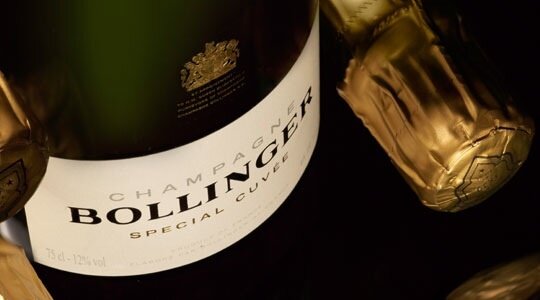Terra Madre Americas food conference to feature Slow Wine USA masterclasses
Visit Sacramento and Slow Food International will host Terra Madre Americas, the American version of the internationally acclaimed Terra Madre Salone del Gusto food conference May 17th – 19th at the Sacramento Convention Center. Programming focuses on three key Slow Food themes – wine, coffee and biocultural territories of Latin America and the Caribbean. The event is free to the public and brings together wineries, food producers, scientists, cooks, and researchers from the United States and Latin America for educational and interactive experiences for all ages. Additional ticketed event opportunities including Slow Wine USA masterclasses programmed by Slow Wine USA editors Deborah Parker Wong and Pam Strayer with producers from the 2024 Slow Wine USA guide. Saturday, 5/18 1:00 PM – 2:00 PM Slow Wine: Take Your Time, Everyday Wines: Wines Priced $30 and Under, $50 Speakers: Deborah Parker Wong, journalist and Slow Wine USA director, and Pam Strayer, journalist and Slow Wine USA co-director. Little known fact: Lodi and the Sierra Foothills offer affordable, artisanal wines (priced below $30). Explore California wines from lesser-known varieties originally from …






